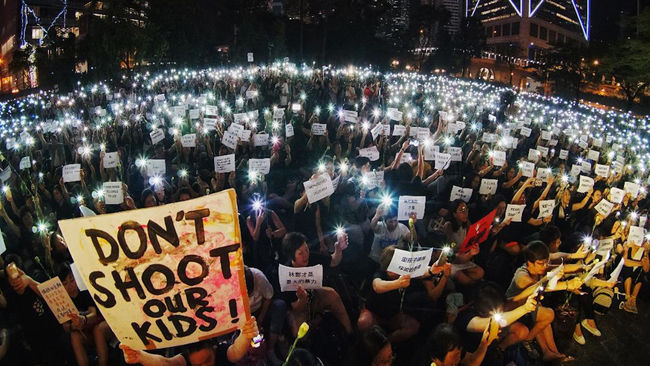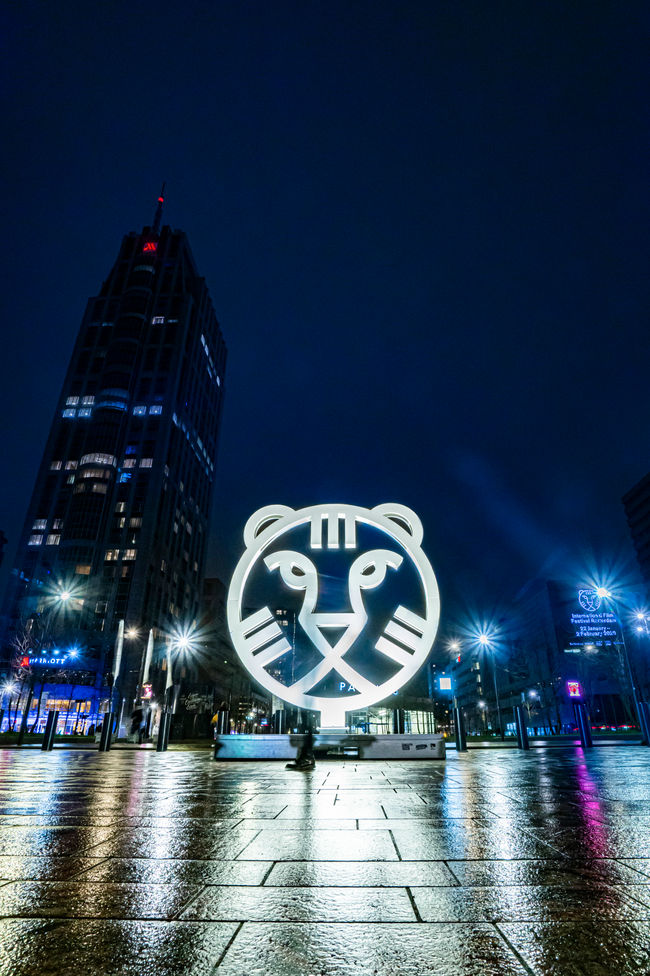A revolution under the blazing sun
31 January 2020
On Ladj Ly’s Les misérables
Les misérables is Ladj Ly’s warning to France: do nothing, and the Parisian banlieues will explode. ‘This is a warning.’
On a scorching hot day in 2018, detectives Chris and Gwada start their daily patrol of Montfermeil. A first glance at the streets of this east-Parisian commune, some 17 kilometres from the city centre, reveals poverty, tension and violence. It’s the neighbourhood where Victor Hugo wrote Les Misérables, his renowned mid-nineteenth century novel about poverty and justice. By giving his film the same title, Ly, who grew up in one of the Parisian banlieues, asks what has actually improved for the residents in all these years.
It’s Stéphane Ruiz’s first day of riding with Chris and Gwada. They have been patrolling these streets for ten years now, Gwada says, as they make their way through the neighbourhood at walking pace. Gwada grew up there. They are respected by the residents. To earn that respect – and to curb the abundant violence – they sometimes have to resort to brute force.
Poverty, violence, macho detectives, run-down apartment complexes, drug trafficking, street noise; it’s familiar territory for this type of film. But just like La haine and Do the Right Thing, Les misérables uses the style to paint a harsh social indictment on the screen. “This is a warning”, Ly told Dutch film magazine De Filmkrant. “I want to show everyone that the Paris suburbs are on the verge of exploding.”
Why is that the case? At the start of the film, the French national football team has just won the World Cup. In Montfermeil too, people take to the streets flying the French flag. But the solidarity suggested by the Tricolore doesn’t exist here – France has long since left Montfermeil. Here, the state’s only presence comes with a baton and tear gas. Any support for people in poverty, for the unemployed, has been cut. Montfermeil is a drain and the residents feel it. A broken arondissement.
It’s only a matter of time before the situation escalates. When it turns out that a young lion has disappeared from a traveling circus, the lion tamers come to seek redress: they claim to have seen one of the local kids take the animal. They threaten that if that lion is not returned by tomorrow, there will be consequences. While the heat hits 35 degrees Celsius, the three detectives head out looking for the animal.
Unlike in Hugo’s novel, nobody goes to the barricades in Les misérables. That doesn’t lessen the revolutionary impetus of Ly’s film. Jean Valjean was hunted by the police for twenty years for stealing a loaf of bread to feed his sister’s children. In Montfermeil too, the residents are forever guilty in the eyes of the police, even though they have no legal means to provide for themselves. What is the law if it no longer protests the people, but becomes a stick to beat them with, asked Hugo in 1862 – and asks Ly in 2020.
“We are not pest control”, newcomer Ruiz snarls at his two colleagues for their way of dealing with the residents. The residents keep quiet. They know that the cops determine their own rules and that if something goes wrong, the blame will always be on them. “Never say sorry, we are always right”, says Chris. But the moment etches closer that the residents no longer keep quiet.
Like Hugo, Ly is not out to vilify the police – even though, at the age of seventeen, Ly himself was out on the streets filming possible abuse from cops. What he shows mercilessly through the camera of Julien Poupard is that throwing together so many people who have no chance in life in poverty-stricken neighbourhoods, is asking for escalation and violence. No other outcome is possible: with every interaction, the explosive energy grows. The police go unchecked, they can do whatever they want. They are ordinary men, who become monsters because they can go about their business undisturbed.
No one is born evil, Hugo wrote.
Written by Ronald Rovers



